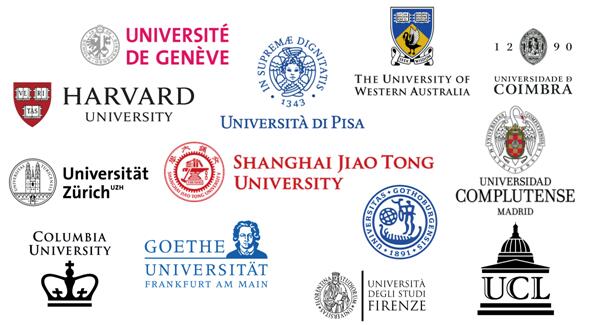Expected to optimize targeted and immunotherapy regimens, Shanghai experts have drawn a genetic variation map of colorectal cancer in China | Rectal Cancer | Variation
Recently, it was reported that Professor Xu Ye from the Department of Colorectal Surgery at Fudan University Affiliated Cancer Hospital, in collaboration with Professor Hu Xin from the Precision Oncology Center, has successfully drawn the largest genome variation map of colorectal cancer in China, revealing the genomic variation characteristics of colorectal cancer in the Chinese population, and identifying genomic markers that can accurately predict the efficacy of targeted and immunotherapy for colorectal cancer. This has broadened the thinking for the basic clinical transformation of colorectal cancer. The relevant research results are published in the internationally authoritative academic journal Gastroenterology.
Colorectal cancer is a malignant disease that seriously threatens the life and health of Chinese residents. With the changes in residents' lifestyles and the improvement of health screening awareness, the number of cases of colorectal cancer in China is increasing. Xu Ye said that high chemotherapy tolerance and high recurrence and metastasis rates are still bottlenecks that hinder the long-term survival of colorectal cancer patients. About 20-25% of patients are accompanied by metastasis at initial diagnosis, while 30% of stage I-III and 65% of stage IV patients experience recurrence or secondary metastasis.
Due to the complex molecular pathogenesis of colorectal cancer, it has a high degree of tumor heterogeneity. Finding personalized tumor targets for colorectal cancer and exploring precise treatment have important clinical translational value.
The reporter learned that precise strategies represented by molecular immunotherapy, targeted therapy, and other treatment methods have been widely carried out in the field of colorectal cancer research. However, the current treatment standards and guidelines mostly refer to the Western population, and the genomic variation profile of colorectal cancer based on the Chinese population is blank.
Professor Xu Ye and Professor Hu Xin conducted a large-scale colorectal cancer specific multi gene testing cohort study based on the Chinese population. The study was based on a prospective cohort of Chinese colorectal cancer patients, including 869 cases, including 586 cases of early and 283 cases of advanced colorectal cancer. The team used 887 gene Panel sequencing to draw a systematic and germline variation map, describing the clinical pathology and genomic variation characteristics of colorectal cancer in the Chinese population. It is reported that this is also the largest prospective targeted sequencing platform and clinical sample queue for colorectal cancer in China to date.
The genetic map shows that in terms of mutations in the colorectal cancer system, the top three mutation frequencies are TP53, APC, and KRAS, respectively. The mutation map of the cancer signaling pathway is significantly different from that of the Caucasian population, presenting unique characteristics of the Chinese colorectal cancer patient population.
In terms of germline mutations, 4.6% of patients carry clear or potentially pathogenic germline mutations related to DNA damage repair pathways, with 27.5% of susceptible gene carriers experiencing "secondary strikes" caused by heterozygous loss or biallelic mutations.
The research results also indicate that BRAF and RBM10 single gene driven mutations are independent prognostic factors for shorter progression free survival in metastatic colorectal cancer. In vitro experiments have found that RBM10 expression deficiency promotes tumor cell proliferation, migration, and inhibits apoptosis. Hu Xin said, "This may be one of the triggers for the recurrence and metastasis of colorectal cancer."
Throughout the study, genomic variation interaction network analysis yielded 65 co-occurrence and 106 mutually exclusive potential functional dependent events. Among them, KRAS/AMER1 and KRAS/APC co-occurrence mutations can accelerate drug metabolism, leading to poor chemotherapy sensitivity and limited clinical benefits.
The team found that combining genomic markers can optimize the prediction of immunotherapy efficacy, and this prediction has been validated in the immune checkpoint inhibitor treatment cohort at our center. Xu Ye said that this discovery suggests that genomic biomarkers can be optimized to predict the efficacy of immunotherapy based on this, and more accurately identify the beneficiaries, providing new hope for the precise diagnosis and treatment of colorectal cancer patients.
The co first authors of the paper are Dr. Guo Linwei, Dr. Wang Yunjin, and Master Yang Wenxiao from Fudan University Affiliated Cancer Hospital.




